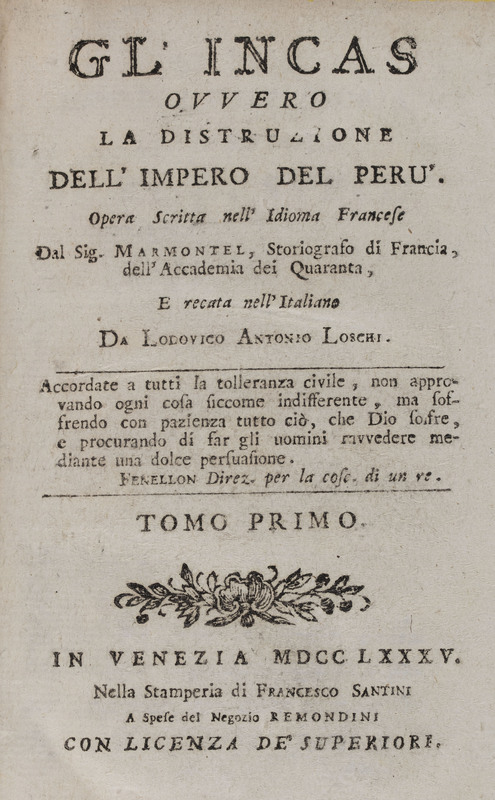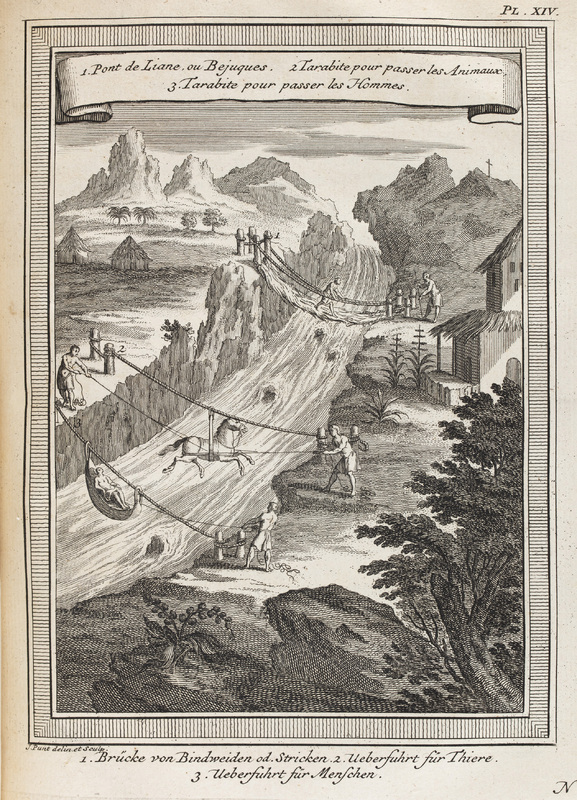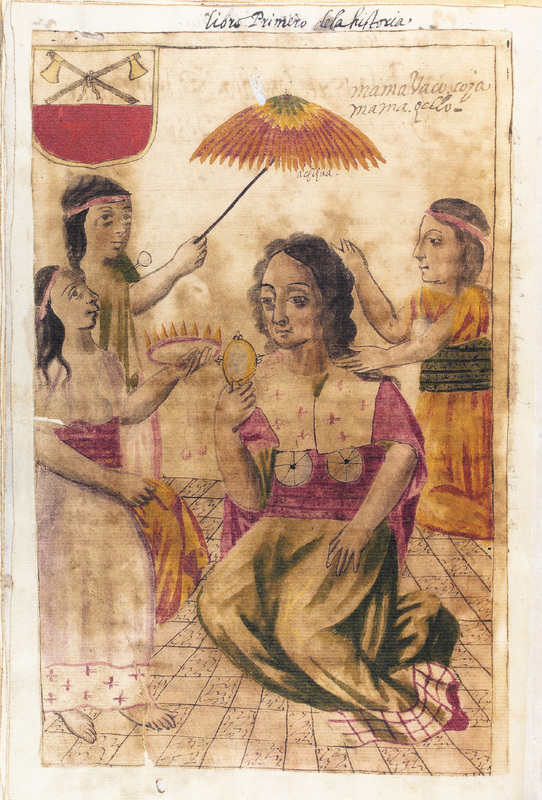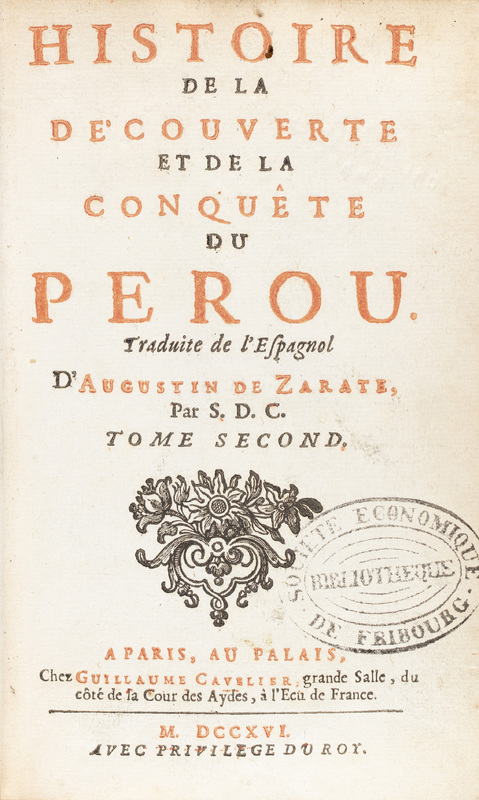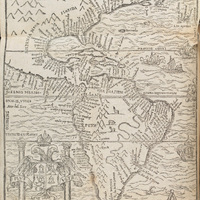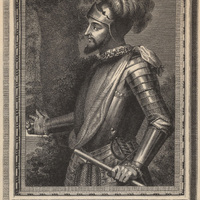Encounter/Clash of Empires:
The Inca and the Spanish Invasion in Perú
In 1531, Spanish conquistador Francisco Pizarro arrived in the valley of Lumpis, in Perú, after obtaining by royal decree permission to explore 200 leagues of land, receiving also the title of governor. According to Justo Sahuaraura, a Catholic priest and descendant of Inca Emperor Huayna Coapac, relations between the native Inca and the Spanish seemed at first diplomatic and peaceful. However, this cordiality did not last long; as finest ambassadors, Sapa (emperor) Inca Atahualpa welcomed the incoming colonizers in the city of Cajamarca, with generous demonstrations of hospitality in the form of food, animals, and lavish gifts made of gold, silver, emeralds, and turquoise. However, a clash over royal power between Atahualpa and his brother Huascar prompted a series of civil wars, and much unrest among the Inca territories.
Pizarro and his men, lured by the territorial and materialistic wealth of the Incas took advantage of their leadership crisis. Looking to advance the colonization of Perú and the rest of South America, the Spanish, in alliance with other indigenous peoples, overpowered the Incas, eventually taking their gold and silver, and imposing Christianity in the new territory. In 1533, Sapa Atahualpa, considered to be the last genuine Inca emperor, saw his empire come to its end when he was captured, judged, and then executed for resisting the Spanish conquest. Pizarro continued the forceful expansion of the Spanish crown in Perú, finally establishing his government in Cuzco, the ancient capital of the Incas.

